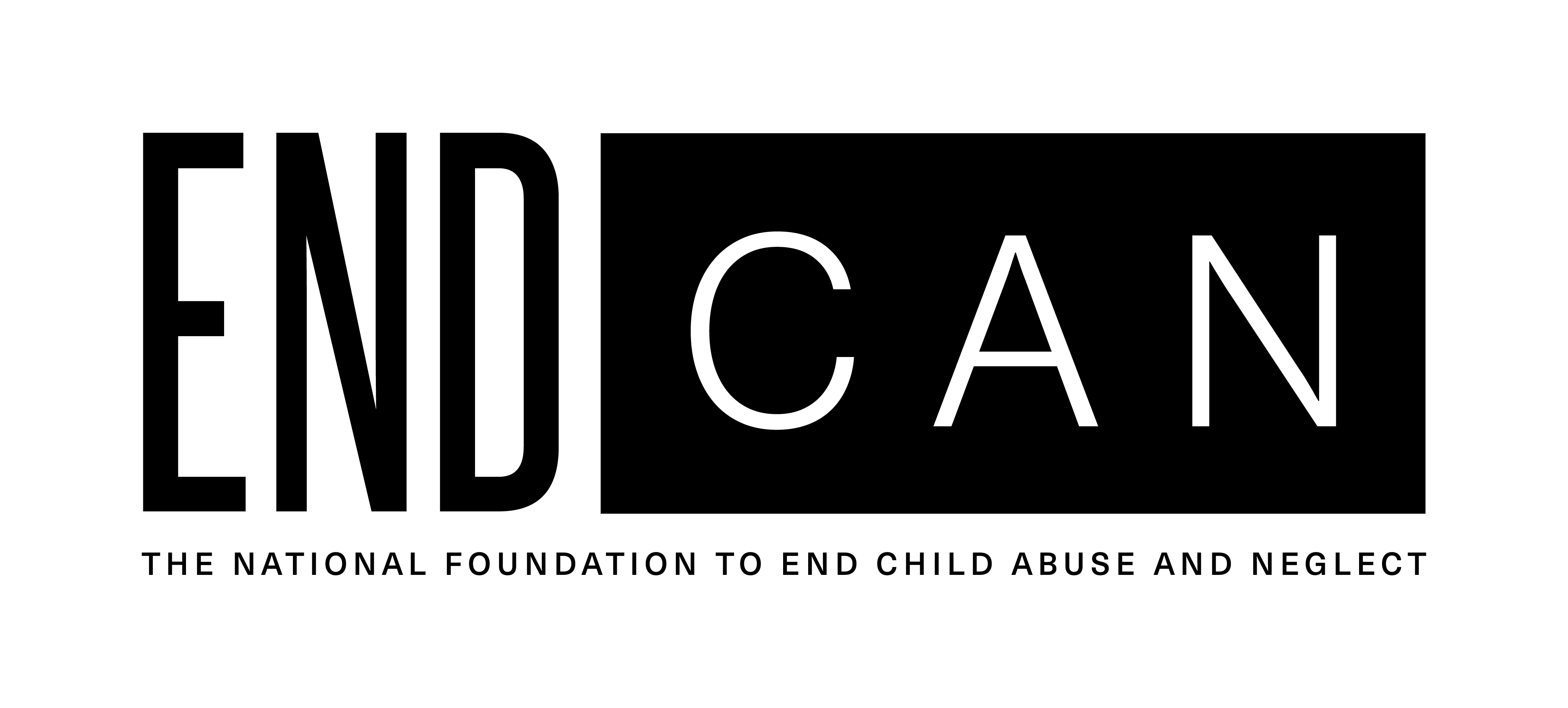
Bullying: Another Form of Child Abuse
Bullying is child abuse. Amazingly, there are still those who view bullying as an acceptable childhood rite of passage or typical child behaviors. Those people are wrong. Being bullied isn’t an effective way for children to learn how to be tough or resilient. Research shows that children who are the victims of bullying can have the same long–term effects of other forms of child abuse, including physical, social, emotional, and academic issues.
Despite all the talk and initiatives in recent years about diversity and inclusion, all too often, children single out those who are different, those who struggle to fit in with others.
Children with disabilities—from being on the autism disorder spectrum to having epilepsy, to even simply having food allergies—have an increased risk for being targeted by their peers.
We often see or hear heart-wrenching headlines of children taking their lives due to being bullied. Children are being robbed of their self-esteem and, ultimately, their will to live. The horrifying outrageous acts of bullying and physical aggression grab the headlines and our sympathies. Still, other forms of bullying—taunting, backhanded compliments, and snubbing—the subtle torments are as traumatic as classic forms of bullying.
Defining and Identifying Bullying
Whether bullying is exacted physically or in other ways, it’s a violent act that includes three things:
- Unwanted aggressive behavior
- Power imbalance
- Repetition
It’s also helpful to recognize that there are different types of bullying: physical, verbal, relational, cyber, and prejudicial. Males are more likely to be physical bullies, while females are more likely to engage in verbal or relational bullying.
-
Physical Bullying
Like any type of physical abuse, physical bullying is the easiest to spot because it’s the most obvious form of bullying. It’s also what you’re most likely to think of when you consider bullying. Physical bullying is pushing, tripping, kicking, shoving, hitting, spitting on, and intentionally destroying a child’s property.
-
Verbal Bullying
Because bullies almost always attack their victims when adults are not around, this type of bullying can be harder to spot. Verbal bullying includes making fun of people, teasing them, name-calling, throwing insults at them, and verbally intimidating them. The old phrase, Sticks and stones may break my bones, but words will never hurt me, is a fallacy. Hurtful words can break a child and can leave deep emotional scars.
-
Relational Bullying
Also called social bullying, relational bullying is an indirect form of bullying. It can be tricky to detect because it usually happens behind the back of the bullied person. Frequently, a relational bully is motivated by attempting to increase their social standing by diminishing another child. Relational bullying is about humiliating, mimicking, spreading rumors or lies, harming someone’s reputation, and even encouraging or rewarding others to exclude someone socially.
-
Prejudicial Bullying
As the name suggests, a prejudicial bully targets those whose race, religion, or social standing is different than theirs. Aside from the personal detrimental effects, the danger with this type of bullying is that it can lead to hate crimes.
-
Cyberbullying
The “new kid on the block” is cyberbullying, which uses digital technology to spread falsehoods, shame, embarrassment, etc. It’s particularly malicious because it allows bullies to hide behind a screen, making it hard to catch them. And it’s more permanent because messages in cyberspace last forever. Recent research in this area shows that targets of cyberbullying often suffer from anxiety, depression, and other stress-related conditions.
All Types of Bullying Cause Damage
Regardless of the type of bullying, it’s abuse, and it can damage people. As those who have been bullied and abused know, words and gestures can be equally as powerful as physical bullying. Bullying is an attempt to instill fear and self-loathing, to strip a person of confidence. Being the repetitive target of bullying damages a person’s ability to view themselves as a desirable, capable and effective individual.
Victims of bullies are often made to feel helpless and hopeless and think of themselves as weak and pathetic. Studies have shown that children who are bullied are more likely to grow into adults who suffer from higher anxiety rates. The research also indicates the risks of developing depression and other mental health problems increase, and adults who were bullied when they were young have low self-esteem.
Healing From Bullying
Survivors of childhood abuse are often made to feel worthless, inadequate, and useless. It is possible to heal, but it’s not easy. As with all types of child abuse, it requires that you change the negative narrative and treat yourself with the compassion that you deserve.
There are tools to help you in the long and often difficult journey of recovery from childhood bullying. There’s no magic wand and no schedule. Everyone heals on a timeline that works for them. Find information and resources to help you or someone you love and take care of yourself.
Whether you seek professional help, engage in self-care, or join a survivor community https://www.inspire.com/groups/prevent-child-abuse/, there is a path to healing, and you are worth it!
